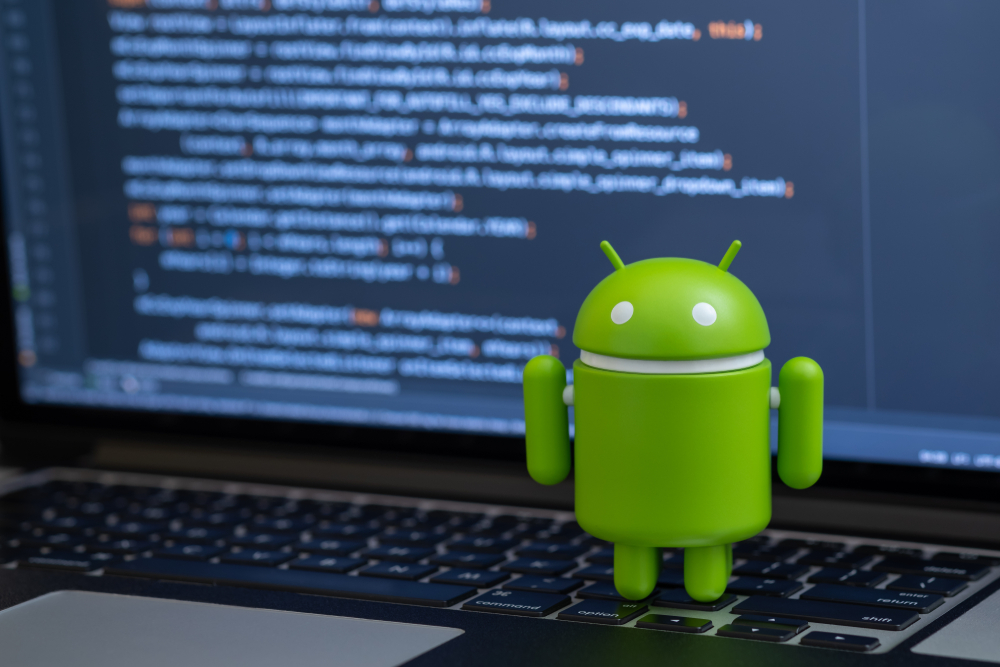Google has announced that it will no longer release updates to the Google Play Services library for Android OS 4.1-4.3, says CNews. It is used to run various Google services, including the Play app store. It is also responsible for the operation of numerous APIs that can be used by third-party developers in their applications.
The refusal to release updates for Google Play Services means that the operating systems Android 4.1-4.3, codenamed Jelly Bean, have been finally recognized by Google as obsolete. In their blog, Android developers wrote that they took this step because there are very few users still working on devices with this OS.

The exact number of Android devices based on Jelly Bean that are still active is not specified in Google, stating only that they are about 1% of the total number of gadgets with this platform. According to Statista.com, all Android versions below 5.0 Lollipop as of June 2021 accounted for only 1.18%.
According to the Business of Apps portal, there were about 2.8 billion Android users in the world at the end of 2020. Thus, Android Jelly Bean currently runs approximately 2 million devices worldwide.
End of Support
Google began preparations for the complete phase-out of Jelly Bean back in the fall of 2018. In early October 2018, the company announced that it would no longer support its proprietary Chrome browser for this system. Updates and security patches were no longer issued for it, which forced some users to switch to another browser, and the other part to buy a new mobile phone with a more recent firmware.
On January 31, 2021, Google announced that Jelly Bean systems will no longer receive regular updates. It is leaving them only critical security updates.
The release of new versions of Google Play Services will stop at the end of summer 2021. The latest build for Jelly Bean will have an index of 21.30.99. At the time of the publication of the material, version 21.24.18 was available.
Revolutionary OS
Android Jelly Bean version 4.1 was released at the end of June 2012, replacing Ice Cream Sandwich (4.0). The arrival of Jelly Bean brings a host of innovations to Android, including a significantly redesigned interface and support for a 60fps screen refresh rate. In 2021, this frequency is considered the norm.
The Jelly Bean system evolved up to version 4.3, which was released, as NIXsolutions reported, at the end of June 2013. From version to version Google, contrary to its own tradition, did not change the second name of the OS. It still bore the codename Jelly Bean and only with the release of version 4.4 in June 2014 changed it to KitKat.
New features in Android 4.1 Jelly Bean include support for USB headphones and external speakers and an improved notification system. In November 2012, version 4.2 was released with a modified lock screen, which became noticeably more functional. Starting with this version, Android has support for multiple accounts on one device. The update to 4.3 Jelly Bean added, among other things, a completely new camera application and support for the Bluetooth Low Energy (LE) protocol.
Universal Android
For Google, the Android 4.1 Jelly Bean platform is an important piece of history for a number of reasons. One of them is related to the discovery of the tablet computer market.
Along with the 4.1 Jelly Bean itself, Google announced its first Nexus 7 tablet in June 2012. The 7-inch computer went on sale in mid-July 2012 and received a lot of positive feedback from users. The success of the “firstborn” prompted Google to further develop this line of business. The second tablet was not long in coming and was released along with Android 4.3 Jelly Bean in late July 2013. It was the same Nexus 7, but its second generation received dramatic improvements and improvements over the first.
In general, the whole series of Android 4.x systems is important for Google, because it was they who determined the new vector of the platform’s development, which has not changed until now. The first two generations of Android were focused on smartphones, while the third (Android 3 Honeycomb) was released exclusively for tablets.
Google wanted to make two separate operating systems, as Apple recently did with iOS, separating the iPad OS from it.
Honeycomb lasted less than a year and a half. It was released in February 2011, and the last update for it was released by Google in February 2012. Prior to that, Android 4.0 Ice Cream Sandwich appeared in October 2011, which became the first universal Google OS for smartphones and tablets. Android 4.1 Jelly Bean released.
